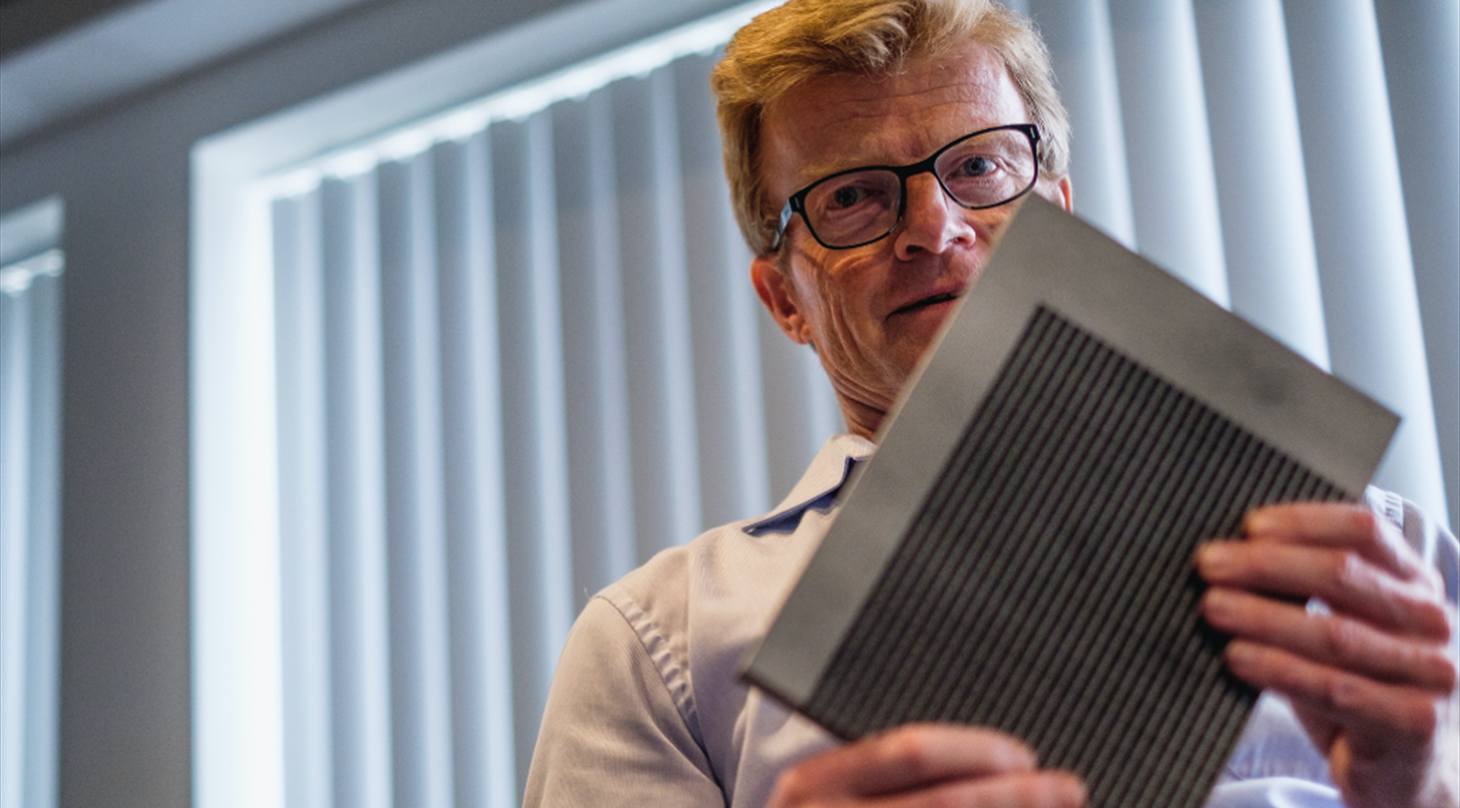
Cheaper and better production of radar antennas with metal 3D printing
Can metal 3D printing be used in the manufacture of radar antennas? And which materials are best?
Nordic Radar Solutions investigated this in a MADE Materials Demonstration project, where they received help from specialists from the Danish Technological Institute to evaluate materials and get started using AM technologies to achieve greater design freedom and thus better products.
The company manufactures, designs and sells advanced radar systems for both military and civilian customers, and the demonstration project has given them concrete benefits:
We can manufacture even better radar antennas and at a cheaper price than with more conventional production technologies, including for example wire EDM
- Torsten Leth Elmkjær, CEO/CTO, Nordic Radar Solutions
The Danish Technological Institute helped the SME investigate two challenges: Can we use metal 3D printing in production? And which material is best suited?
- It turned out that we could use an alloy of aluminum that consists of 10 percent silicon, explains Lasse Haahr-Lillevang, consultant at the Danish Technological Institute.
In the video below, Torsten Leth Elmkjær, CEO / CTO and co-owner of Nordic Radar Solutions, talks about the work in the MADE project.
About MADE Demonstration projects
With a MADE Demonstration project, a small or medium-sized company can receive up to DKK 100,000 in support to solve a specific challenge in the company or test a new technology in production.
There is an ongoing application deadline for demonstration projects in both material and production.
The MADE demonstration project has been made possible by funding from the Danish Industry Foundation.